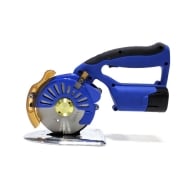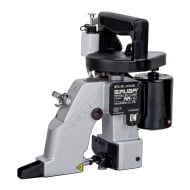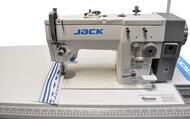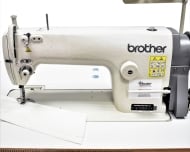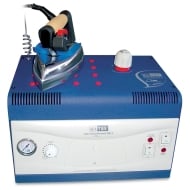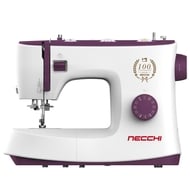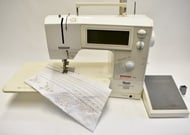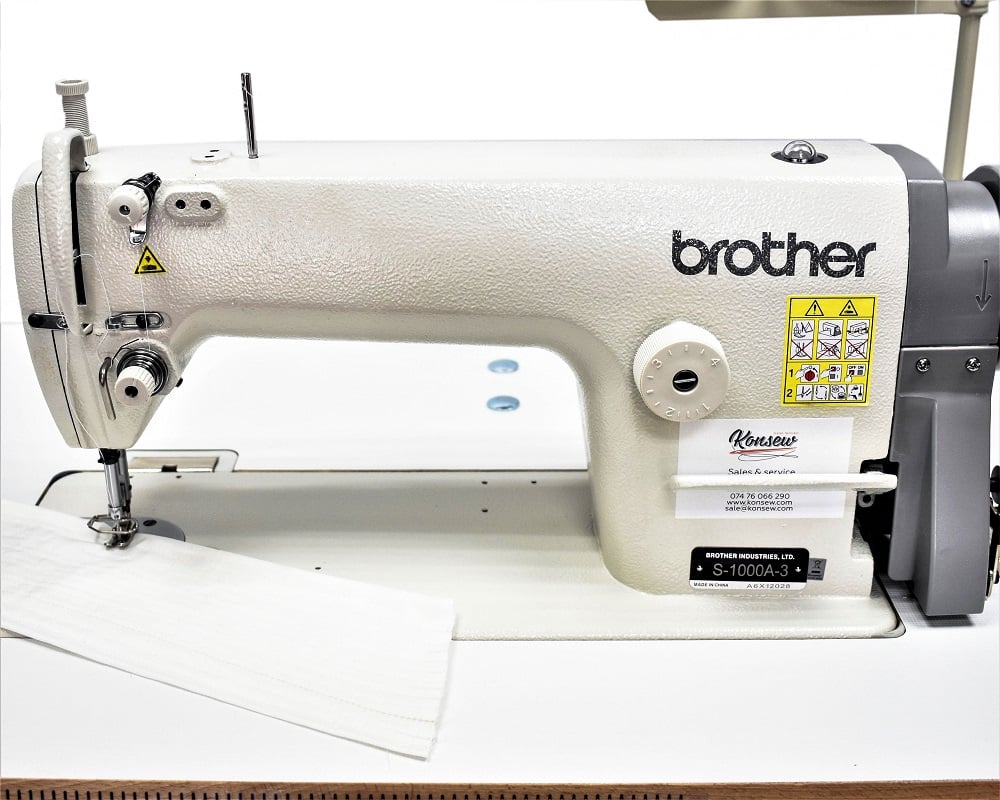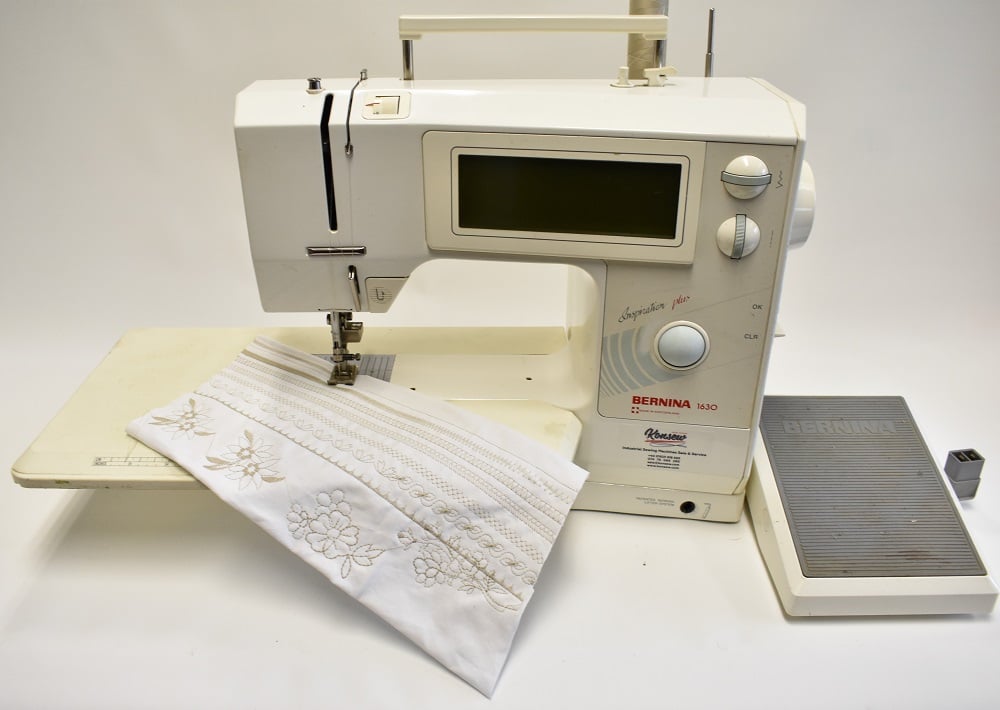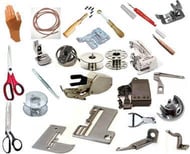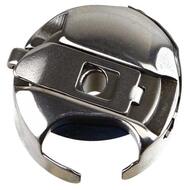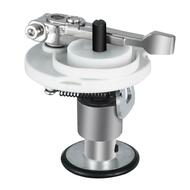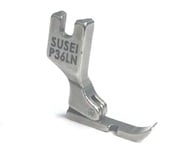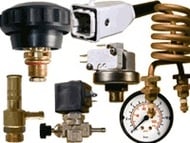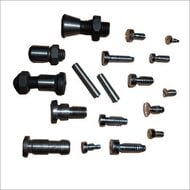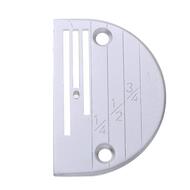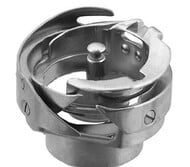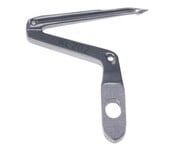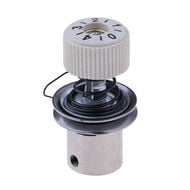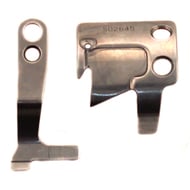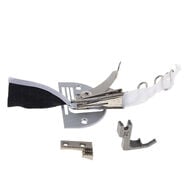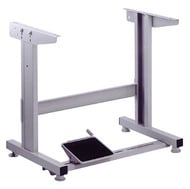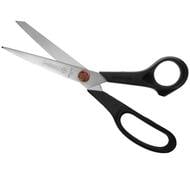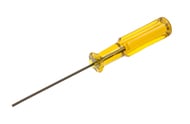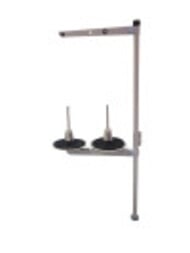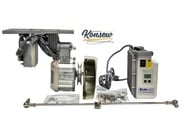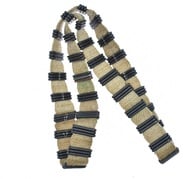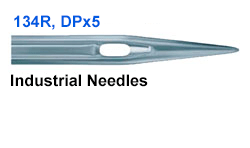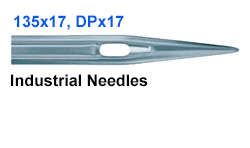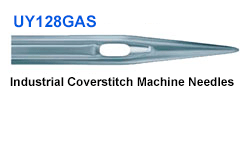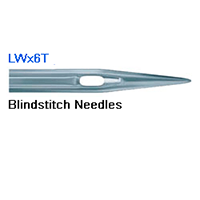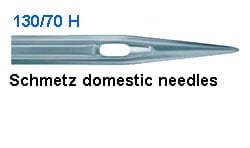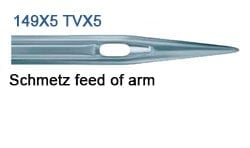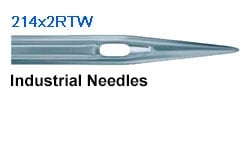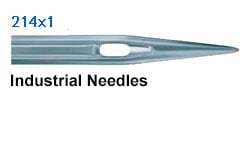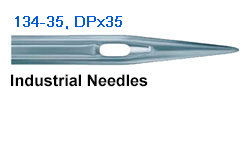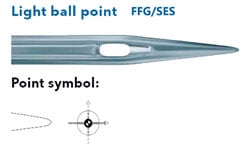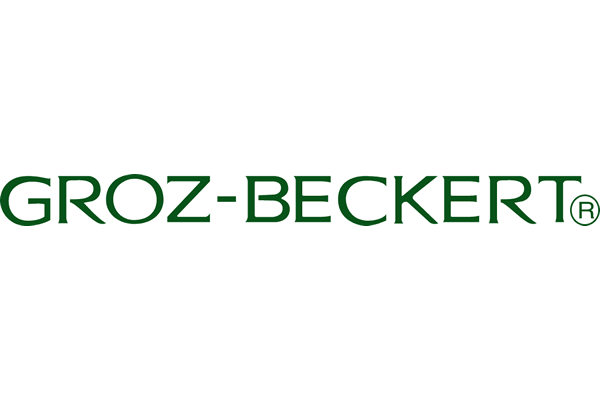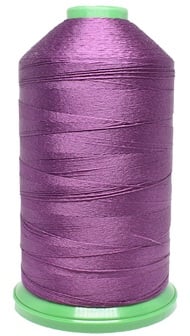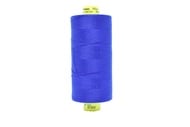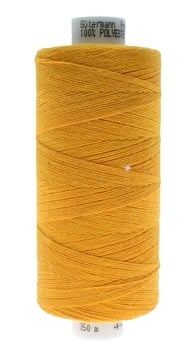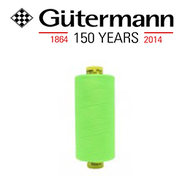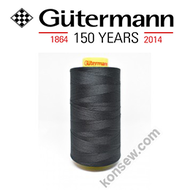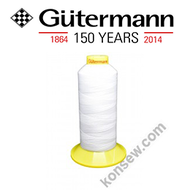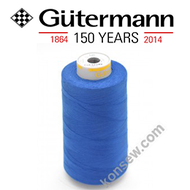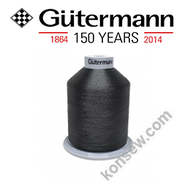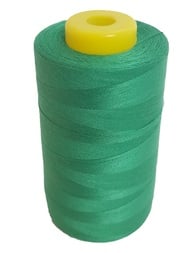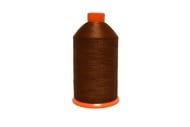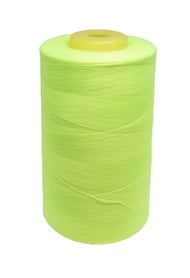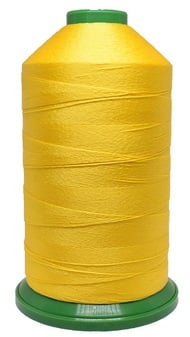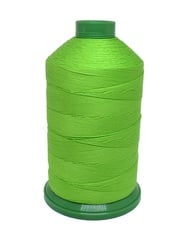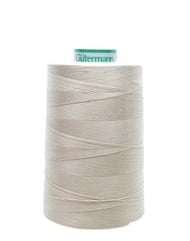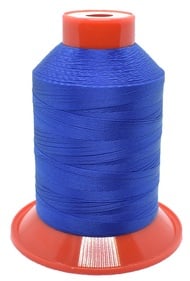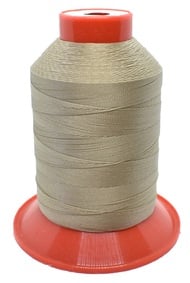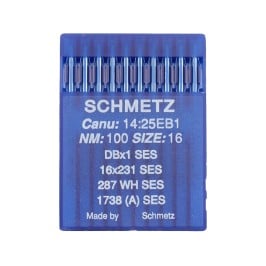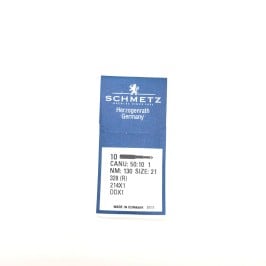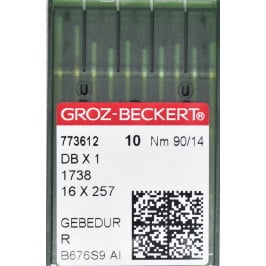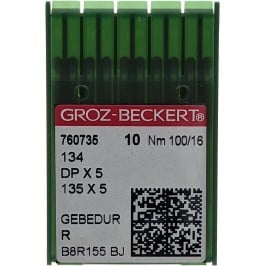HOW TO CHOOSE THREADS AND NEEDLES FOR SEWING MACHINE
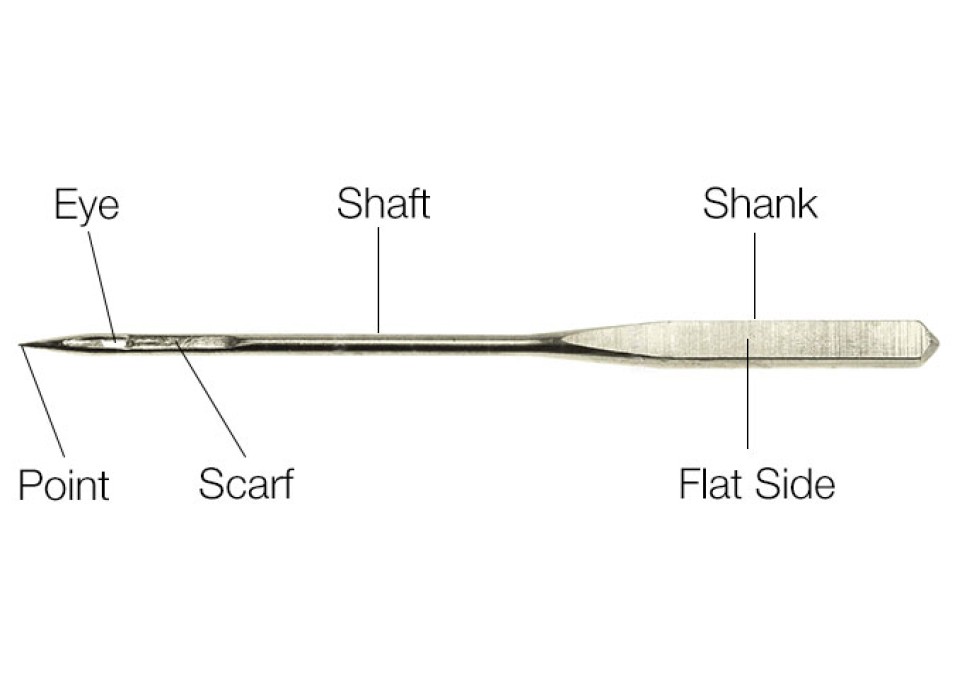
Selecting needles and threads for sewing, we must pay attention to two aspects. They are equivalent to each other.
The first, most obvious - the thickness of the thread should correspond to the purpose of the product, and therefore, the thickness of the fabric. Agree, it is pointless to sew a tarpaulin with thin viscose threads, and chiffon with thick cotton. This sewing machine will not endure. So the conclusion - the thicker the fabric, the thicker the thread.
Second, the thickness of the needle must fit the thread. Since the needle should pave an unobstructed path to the thread, it is obvious that the needle of a larger number should correspond to the thick thread. Depending on the fabric and the thread, the shape of the needle — the groove, the eyelet, the point — also changes. For example, knitted fabrics are sewn with needles with a blunt end, and the leather opposite, they sew with a needle with a special sharpening of the end for teething the leather.
HOW TO CHOOSE THE RIGHT SEWING MACHINE NEEDLE
According to its structure, sewing machine needles are exactly the same:
-
bulb,
-
rod,
-
eyelet,
-
tip.
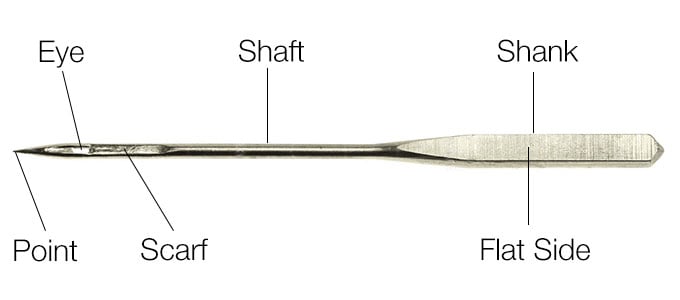
But it is in these details that they differ from each other. The needles of industrial machines, as a rule, are slightly shorter and their flask is smaller and does not have the characteristic truncated (cut off from one side) flask of household needles.
However, the needles, which are the same at first glance, differ from each other.
-
options for sharpening the tip,
-
the shape of the ear,
-
the size of the groove, etc.
-
rod thickness
-
notch shape
These parameters, which are not actually visible to the human eye, significantly influence the formation of the stitch, therefore, the quality of sewing largely depends on what needle is installed in the sewing machine. And this is due to their purpose in relation to the materials being sewn (silk, knitwear, tarpaulin, etc.) and the operations to be performed (sewing, overcasting, embroidery, stitch).
Skipping stitches, puffs, punctures, holes and other troubles are often the cause of poor-quality or incorrectly chosen needles.
Therefore, before sewing on a sewing machine, you need to navigate the variety and purpose of the machine needles. To pick up the necessary needle for a specific product, concrete fabric, for the performance of operation feasible for each of us.
All textile materials, regardless of their mode of production: woven, knitted, pine or non-woven, stitched with needles with special shapes of the tip, which are selected depending on the structure of the material.
The correct choice will play a significant role as a result of tailoring. With a properly selected tip, you will achieve the desired result.
MANUFACTURERS OF SEWING NEEDLES
Household machines of a shuttle stitch many years are equipped with needles of the standard 130 / 705H.
Despite the fact that, in relation to household machines, needles are produced according to uniform standards, it is important to know the manufacturers of sewing needles. I pay your attention to the fact that manufacturers of machine needles use their markings, while even similar markings from several companies can denote completely different features of needles.
Let's take a quick look at this information.
The cheapest and most popular household overlocks use HAx1SP standard needles, and more expensive models use ELx705 standard needles. However, there are overlock using needles 130 / 705H, that is, ordinary machine needles.
Overlock needles differ from needles for sewing machines of a shuttle stitch in the increased size of an ear.
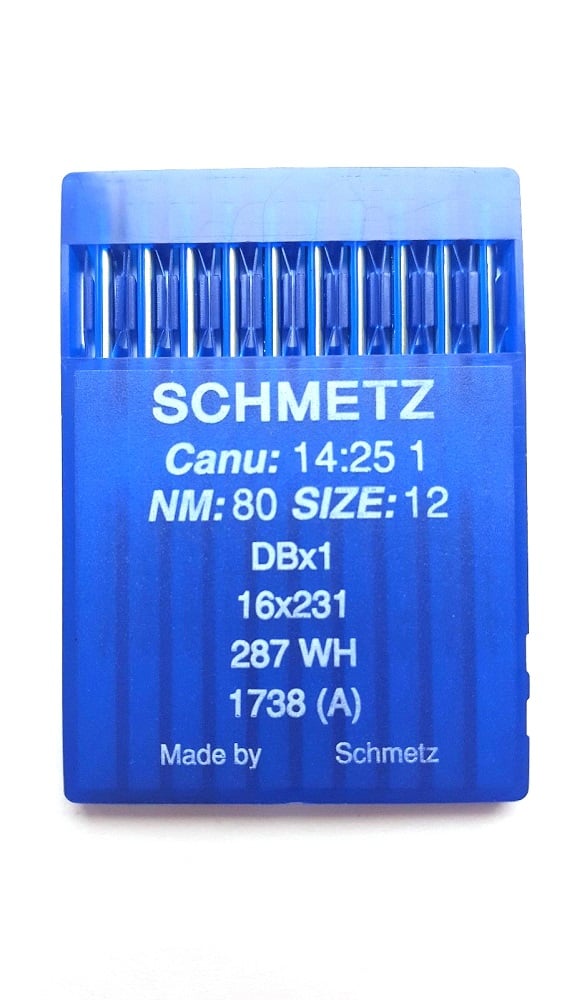
HOW TO CHOOSE NEEDLES NUMBERS
The number indicated in the needle name denotes the thickness (diameter) of the needle in hundredths of a millimeter (for example, No. 80 = 0.80 mm)
Personally, it is more convenient for me to navigate in the purpose of the needle, according to the inscription on the box, they don’t even need to be remembered. They are recognizable and often used in everyday life, even with a complete lack of knowledge of English.
MOST POPULAR MEETING ON THE PACKAGING OF SEWING NEEDLES AND THEIR DECRYPTING
-
JERSEY – knitwear
-
MICROTEX — microfiber materials
-
JEANS DENIM – denim
-
STRETCH — elastic materials
-
LEDER LEATHER – leather
-
METALLIC – materials with metalized threads (brocade)
-
EMBROIDERY — embroidery
-
QUILT — quilt, quilting, quilt
-
WING – wing (helix needle)
-
OVERLOCK – overlock
-
SHARP NEEDLE – a very sharp point
-
BALLPOINT – spherical
-
TWIN - double needle
-
Zwilling Nadel – double needle
-
DRILLING – triple needle
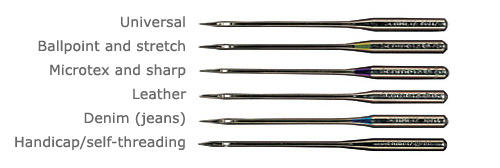
APPLICABILITY OF NEEDLES
Applicability of the needle is indicated by the letters in the name of the needle. For example, the needle with the name 130 / 705H-M is intended for thin dense fabrics.
The decoding of the letter designations is given below.
-
H Universal needles. They have a slightly rounded tip and can be of very different size. Usually, there are needles in sizes from 60 to 110. Universal needles are designed for sewing simple, not "capricious" fabrics.
-
H-J Needles for thick fabrics. Such needles have sharp sharpening. Needles are used when sewing thick material - jeans, twill, tarpaulin, etc.
-
H-M Microtex needles. Microtex needles are very sharp and thin. These needles are used for precise piercing microfiber, thin and densely woven material, for example for silk, taffeta, etc.
-
H-S Needles for stretch fabrics. On such a needle there is a special edge that reduces the risk of missing stitches when stretching the material and a slightly rounded tip. The needle is used for sewing knitwear medium density and synthetic elastic fabrics.
-
H-E Embroidery needles. Embroidery needles have a special notch and a slightly rounded tip, and the hole of the ear is slightly larger so as not to damage the material or thread. This type of sludge is intended for decorative embroidery special embroidery thread.
-
H-Q Quilting needles. On quilting needles, there is a special level, a reduced eyelet, and a rounded tip, so that traces of punctures were not visible on the fabric and there were no skipped stitches.
-
H-SUK Needles with a rounded tip. Such a needle easily develops threads of fabric and loops and thereby passes between the threads, excluding damage to the material. Especially good for sewing knitwear, jersey, and knitted materials.
-
H-LR Needles for skin with a cutting edge. The incision is made at an angle of 45 degrees to the direction of the seam. As a result, a decorative seam is obtained, the stitches of which have a slight slope.
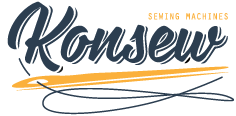


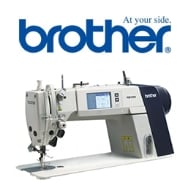
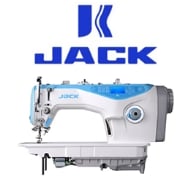

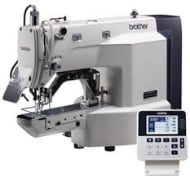
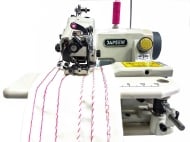
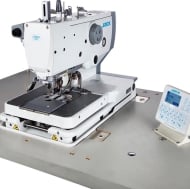
.jpg)
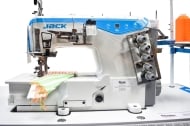
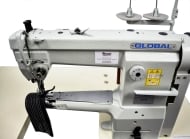
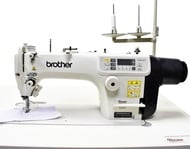
.jpg)
-min.jpg)
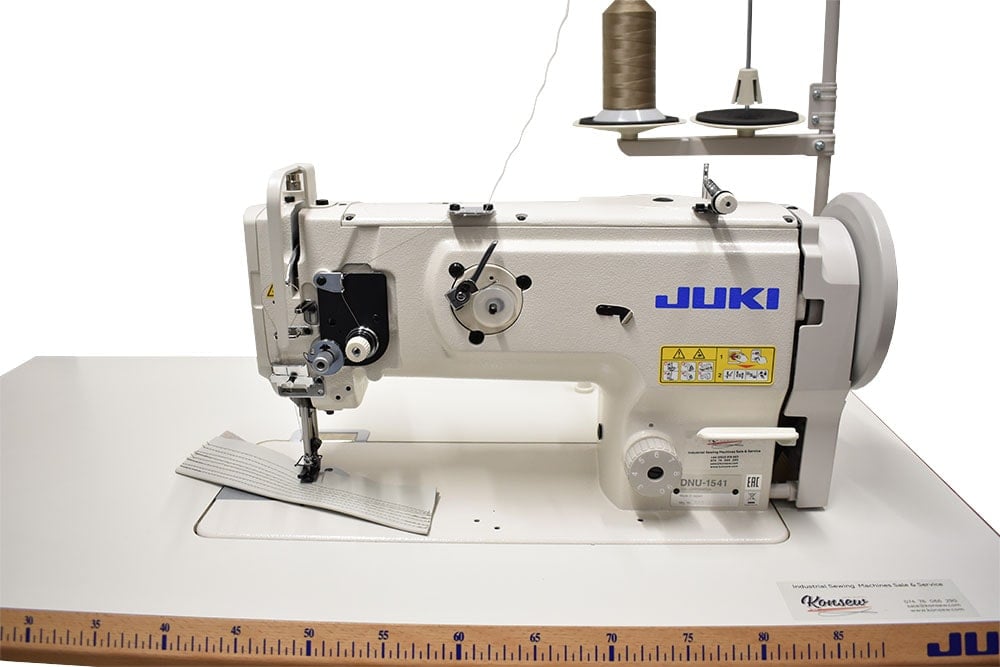
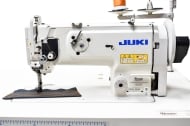
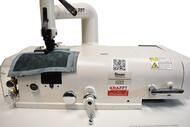
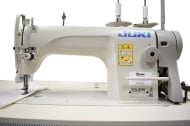


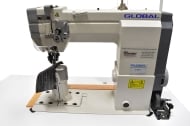
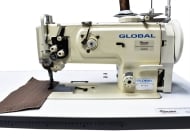
 Twin Needle Walking Foot Needle Feed Sewing Machine 6.jpg)

